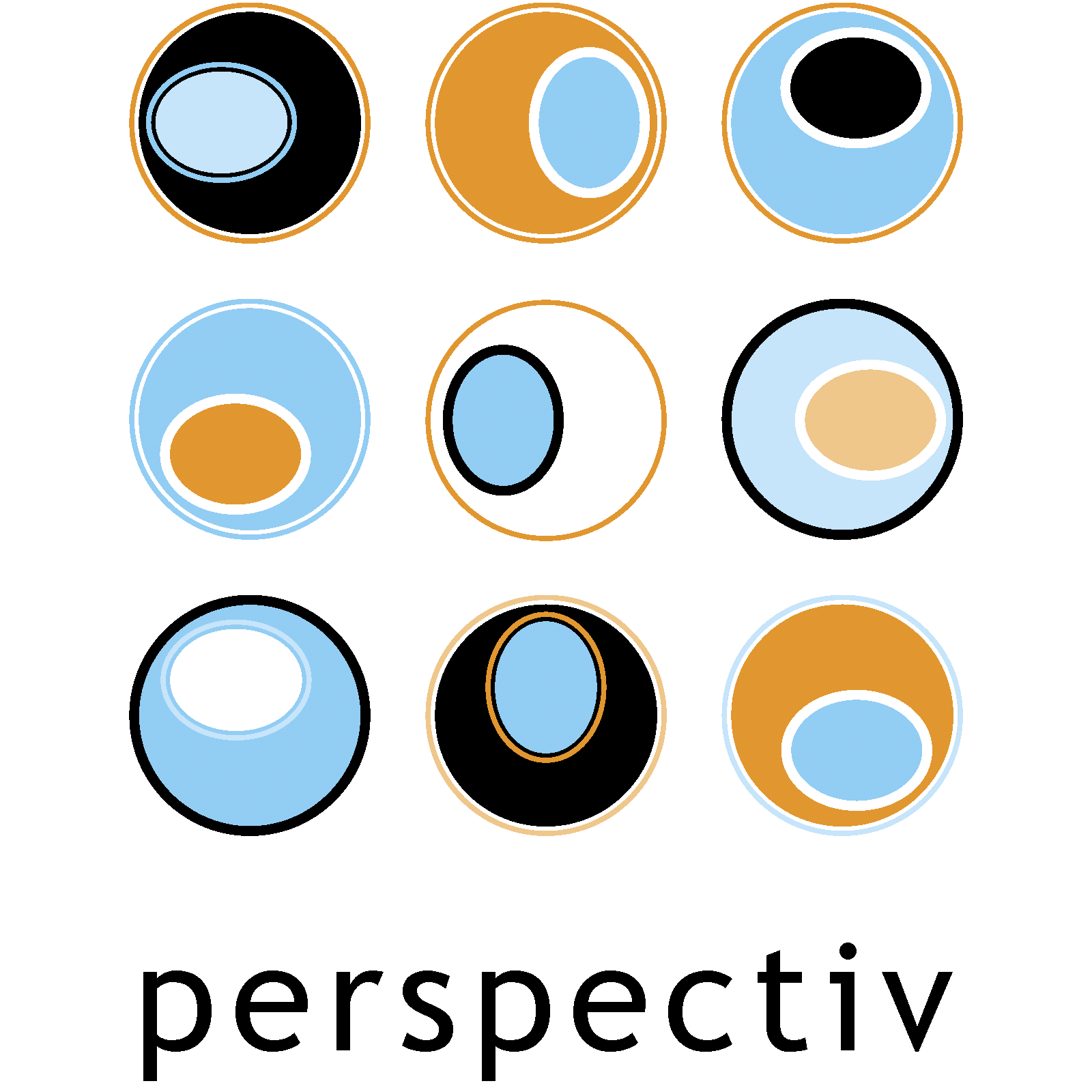There’s no A-Team without 'T'
‘Wicked’ problems are the sort of really challenging, complex, multifaceted problems we all face. Solving them requires both ‘vertical’ and ‘horizontal’ skill sets: technical skills and knowledge must be complemented by a host of other people and thinking skills. We call this being ‘T-shaped’.
T-SHAPED SKILLS
What is a T-shaped innovator?
People who possess technical, functional and domain-specific skills and knowledge have the essential vertical stroke of the ‘T’, but that is only half the battle. To be a fully formed, high-performance, T-shaped innovator also requires the horizontal stroke of the ‘T’, made up of cross-functional, cross-cultural, people and thinking skills.
Why is being more ‘T’ so important?
Simple (or ‘tame’) problems are one thing, but a successful response to wicked problems relies heavily on those skills within the horizontal stroke of the ‘T’. The best solutions are found when people with different specialisations, experiences and cultures learn to interact and optimise their collective skills. Our ability to respond to wicked problems successfully provides a potential competitive advantage.
In a 2008 survey sponsored by Neutron and Stanford University, 1,500 executives were asked to identify the most wicked problems plaguing their companies. Here is their Top 10:
Balancing long-term goals with short-term demands
Predicting the returns on innovative concepts
Innovating at the increasing speed of change – organisational agility
Winning the war by world-class talent
Combining profitability with social responsibility
Protecting margins in a commoditising industry
Multiplying success by collaborating across silos
Finding unclaimed yet profitable market space
Addressing the challenge of eco-sustainability
Aligning strategy with customer experience.
These problems are just as pertinent today as they were a decade ago. We can see from this list that wicked problems present not just management challenges for every company, but also innovative thinking challenges for everybody. It’s how you handle these thinking challenges above all that can transform a good team into an A-Team. And there’s no A-Team without ‘T’.
How to become more ‘T’
Creativity
Creativity is needed in understanding the challenge and then in finding ideas and solutions. This needs to be ever present because wicked problems, by definition, tend to be constant rather than intermittent.
High performance learning
The faster a company can learn, the faster it can produce the next insight and the next product. This of course gives the company more choice and influence in the market. In a continually speeding up market, you simply have to keep up.
How ‘T’ are you?
Companies are constantly being surveyed about what sort of skills they look for. Three key themes keep appearing:
The capability to learn, unlearn and relearn
The capability to ‘team’ and take personal responsibility for ‘teamship’
The ability to be creative / innovative in problem solving.
So how do you, your team or your organisation rate in these areas? If you want to strengthen your T-ness and increase your potential for high performance, these three areas are a great place to start.
To sum up, wicked problem solving requires high levels of trust between stakeholders with vested interests. It also requires learning and trying out creative approaches that enable far more cooperation. These are all facilitated by being more ‘T’.

